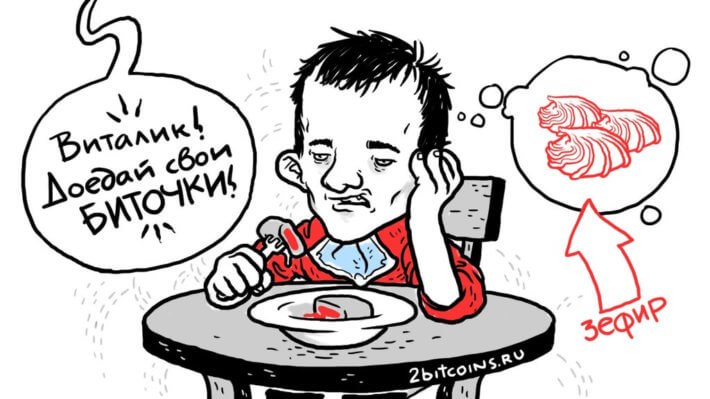2018-7-17 22:15 |
tiendientu vietnamOver the weekend, the Ethereum (ETH) network has faced heavy congestion that some suspect to be a concerted effort at launching spam transactions. Reportedly, at that time native GAS prices skyrocketed to a threshold of 200 GWei that is much more above normal. The extraordinary high GAS prices were caused by a series of smart contracts that placed a significant load on the network, delaying transaction confirmation times.
Currently the Ethereum gas station showed the GAS price had normalized, with 9 GWei being the highest price for fast transactions, and an average dollar price of $0.047 per transaction. However, recent drastic fluctuations in the number of transactions within the Ethereum network suggests that the network may have been the victim of a coordinated attack.
DApp creator Justo, from the team that launched two gambling games called PoWH3D and Fomo3D, claims 40% of the Ethereum network was being used by a contract that issued an ERC-20 standard token called “IFishYunYu.” The token, per Justo, has no features, and does nothing. However, the contract, known as iFish, keeps sending token transactions, for now without affecting the GAS price.
Justo is convinced that the vigor behind such a deliberate attack on the Ethereum network is EOS. The DApp developer has tracking the path some IFishYunYu tokens have taken. It reveals the token’s creator, after issuing 5 billion tokens, split them across 500-600 different accounts and started spamming the network. Blockchain data shows the transactions are being funded by an address that has “a lot of crowdfunded EOS.”
He explains how after tying up the dots, all the tokens that are supposedly spamming the ETH network are linked to EOS:
“Gee, that sure is a lot of crowdfunded EOS, hundreds of thousands to be exact. From an account that seems to receive large sums of EOS and immediately market sell them for thousands of ETH, which is then distributed out to contracts like this. Contracts that have been pulling this kind of transaction attack consistently across the ETH network.”
EOS could have a reason to attack the ETH network, as it is associated with Ethereum’s biggest competitor. The crypto asset doesn’t use a Proof-of-Work system, but goes with Delegated-Proof-of-Stake, which allows it to process thousands of transactions per second, but sacrifices decentralization.
Responding to the controversy, EOS architect and Block.one CTO Dan Larimer claimed the company has better things to do than attack the second-biggest cryptocurrency’s network “when all it takes is Crypto Kitties.”
Notably the reputation of Ethereum network has been tarnished with spam attacks before. Earlier this month, Coinspeaker reported Ethereum scam bots operating on Twitter accounts of celebrities have drawn the public attention. Along with the users curious about the bots’ background was a business tycoon Elon Musk. However, neither the Ethereum’s creator Vitalik Buterin nor Twitter founder and CEO Jack Dorsey provided possible solutions to avoid such fraud in the future.
The post EOS Accused of Spam Attack Leading the Ethereum Blockchain to Overload appeared first on CoinSpeaker.
origin »EOS (EOS) на Currencies.ru
|
|



















